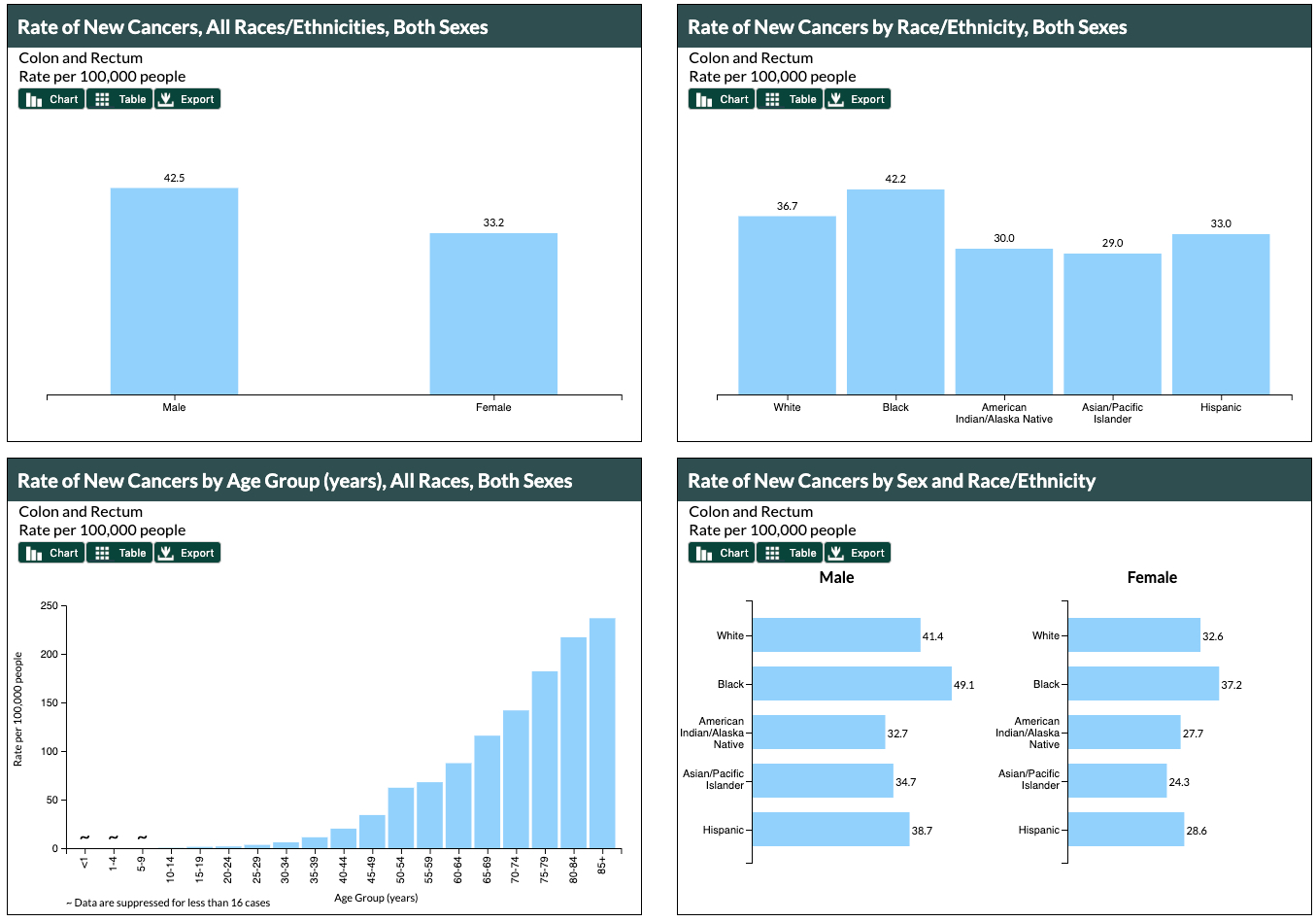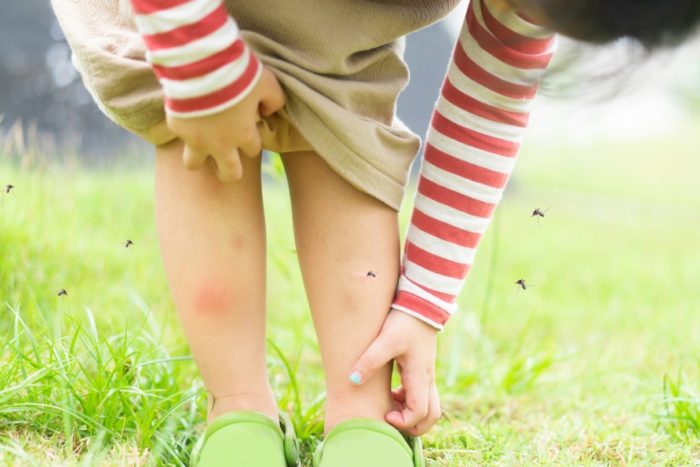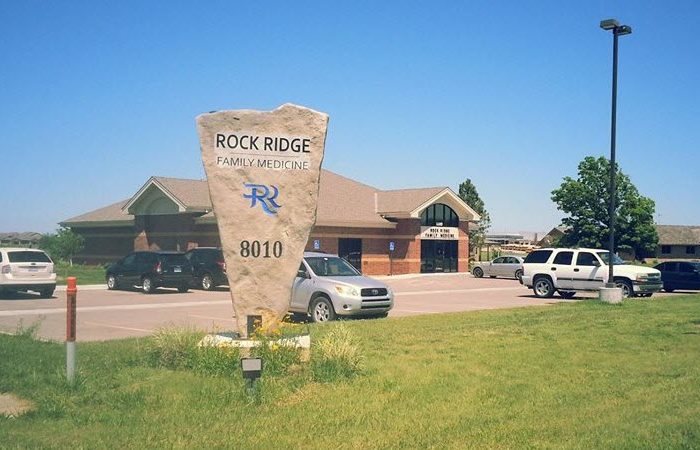Throughout the year survivors, caregivers, and loved ones are empowered to share their stories, raise awareness, advocate for policy change, and support research.
What are the signs that you should have a Colonoscopy?
Changes in routine bowel movement might give a clue to impending colon cancer. Things like…
- Blood in your stools
- Suddenly stools are running (not solid)
- Diarrhea lasting for days at a time
- Bloating of the abdominal area
- The bowel not feeling completely empty afterward
- Feeling like you have to go to the bathroom but can’t
- General weakness or feeling lethargic
If you have a combined sum or all of these symptoms, you should definitely see a doctor. Colon cancer is one of the hardest things to go through and detected early on, it can be prevented; if it is caught too late, it’s one of the hardest to reverse.
The percentage of U.S. adults aged 50 to 75 years who were up-to-date with colorectal cancer screening increased 1.4 percentage points, from 67.4% in 2016 to 68.8% in 2018. This represents an additional 3.5 million adults screened for colorectal cancer.
While cancer impacts people of all ages, races, ethnicities, and sexes, it does not always affect them equally. Differences in genetics, hormones, environmental exposures, and other factors can lead to differences in risk among different groups of people. For most cancers, though, increasing age is the most important risk factor.

You can learn when to get a colonoscopy here.
References:
https://fightcolorectalcancer.org/colorectal-cancer/march-crc-awareness-month/
2 Comments
Knock on my door like this before you cum inside 😉 http://prephe.ro/Bdsn
I’m ready for you http://prephe.ro/Bdsn



